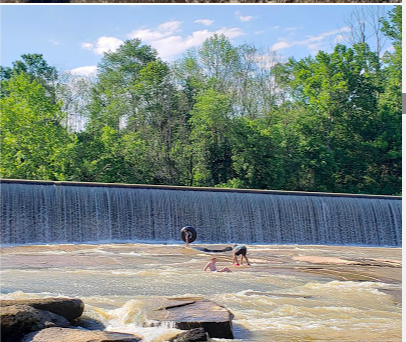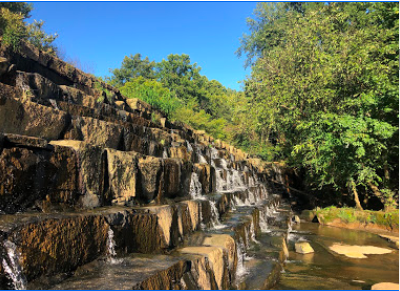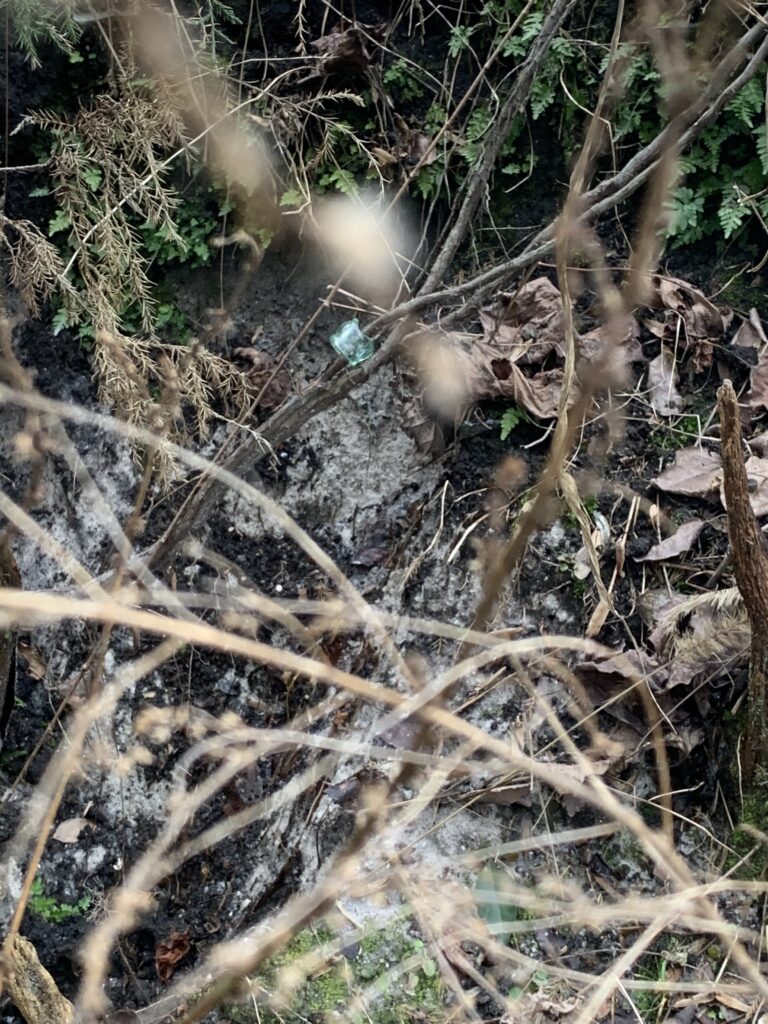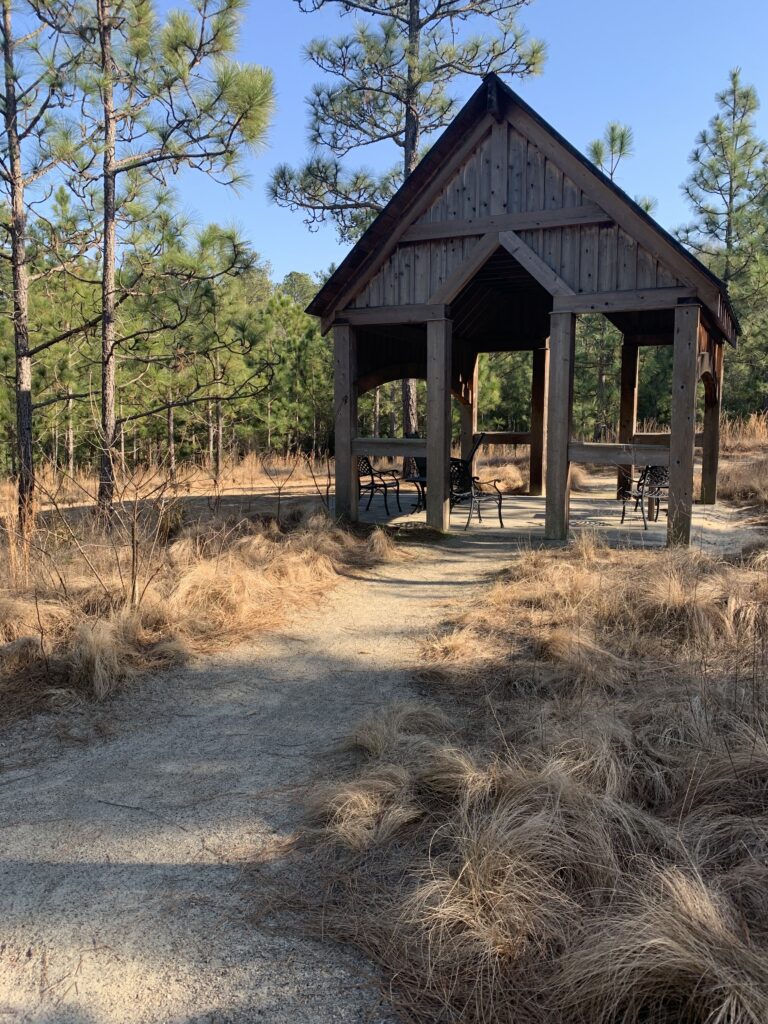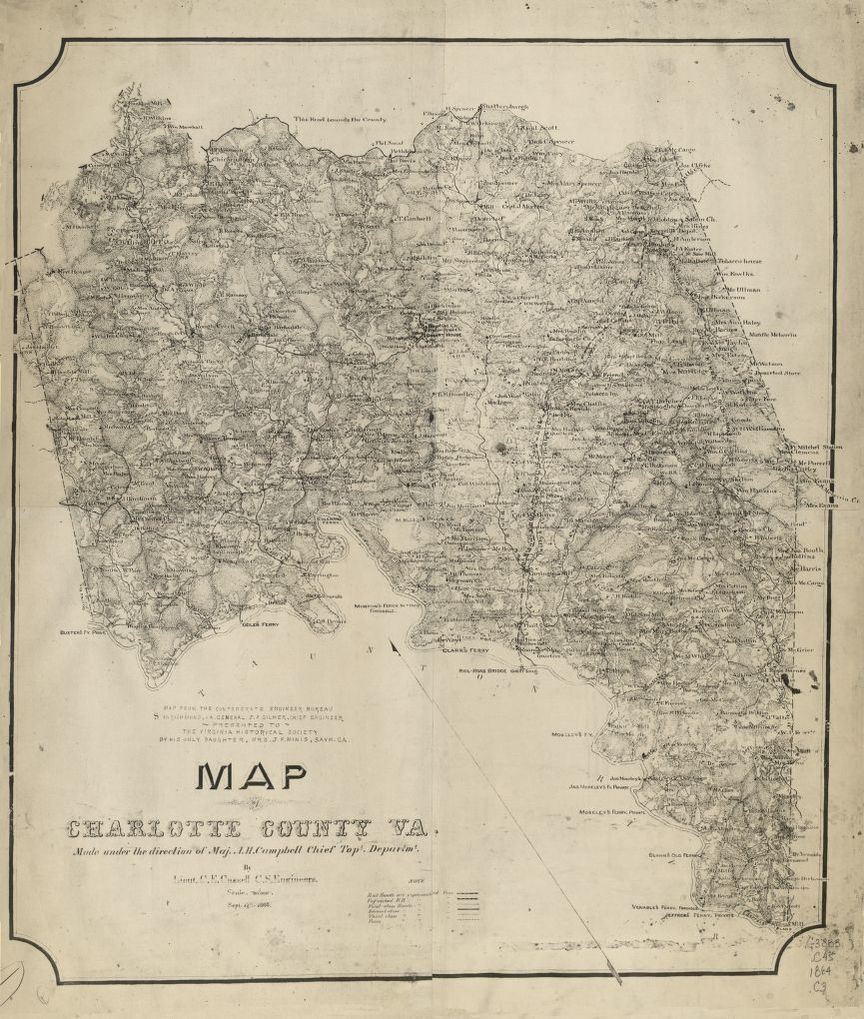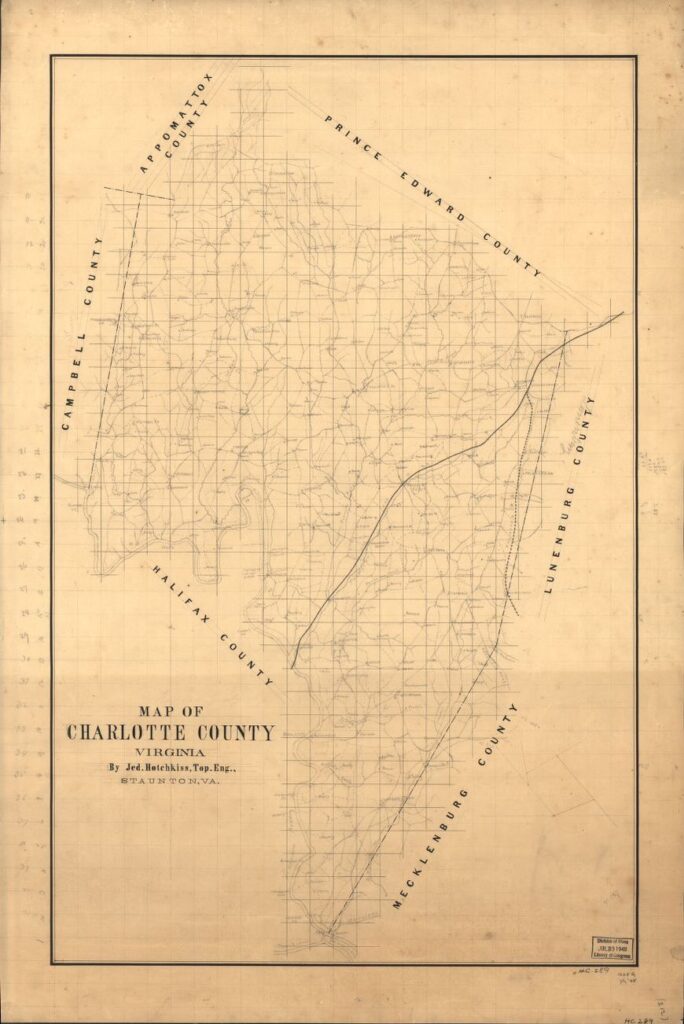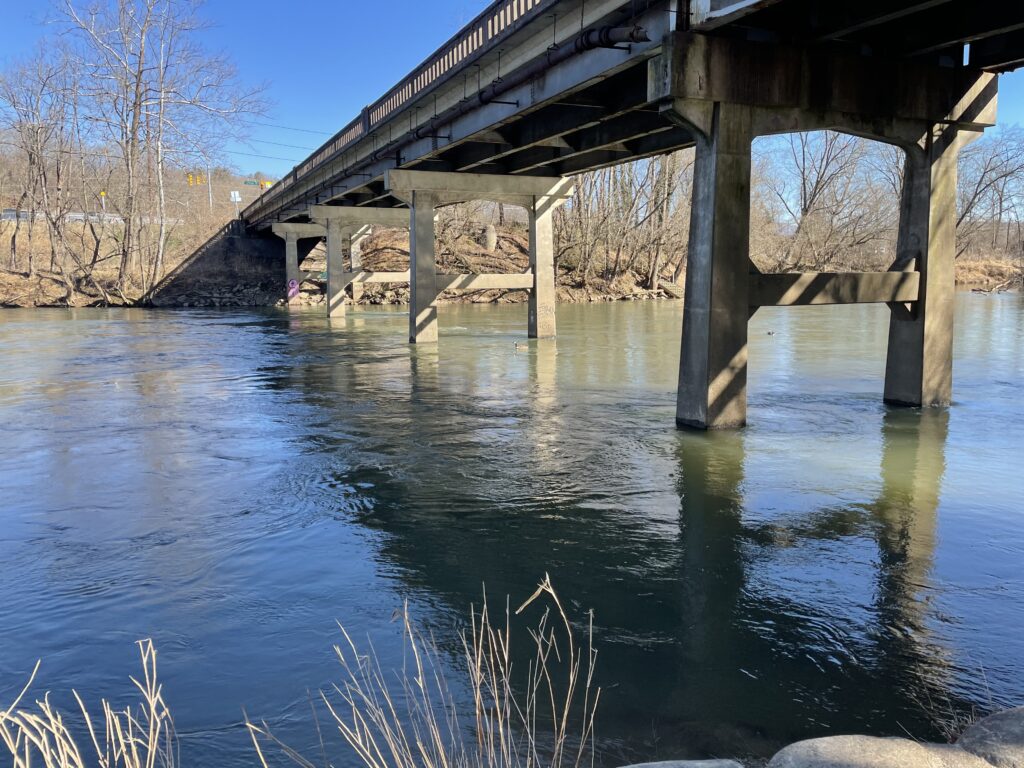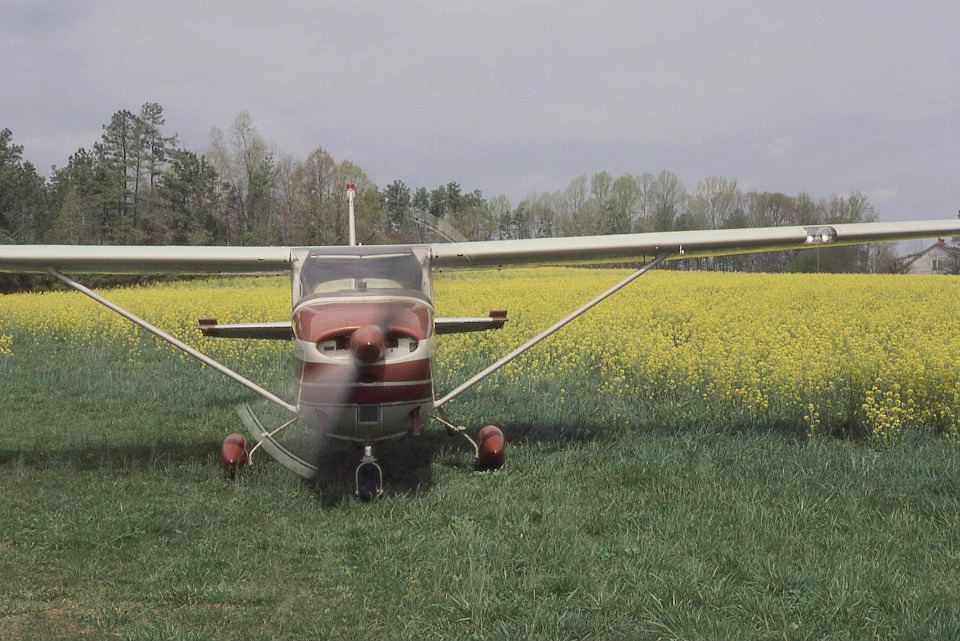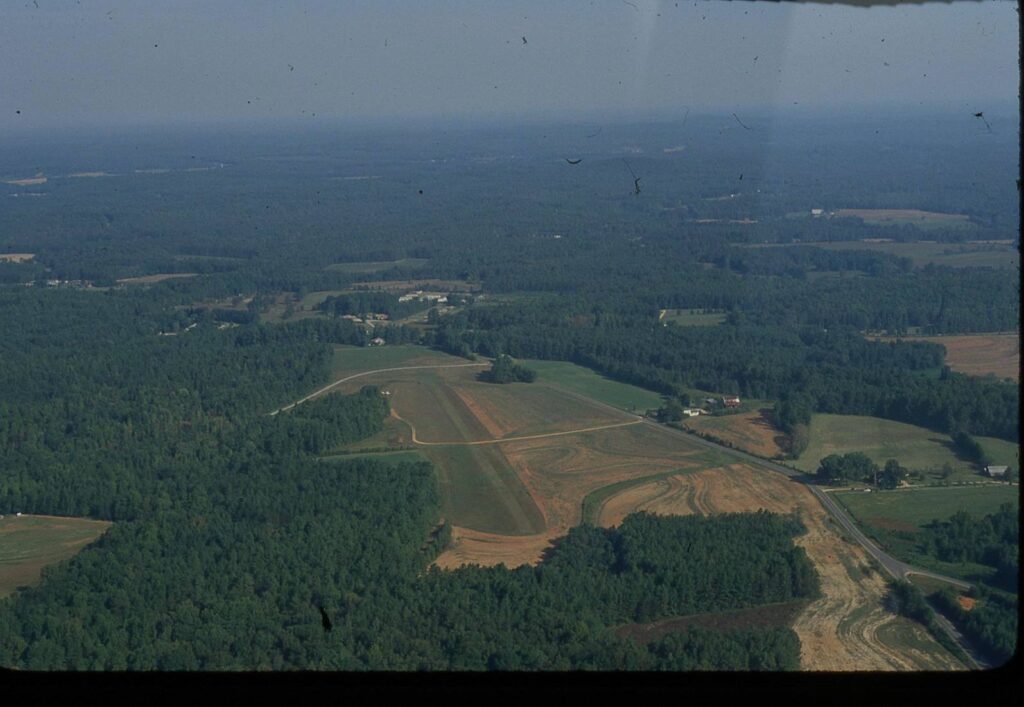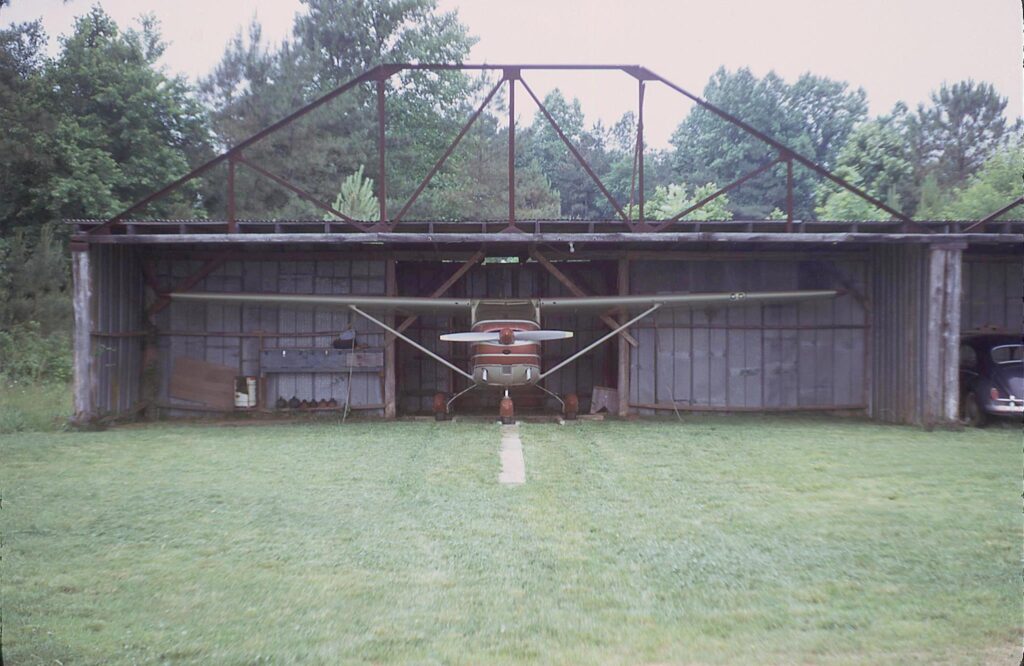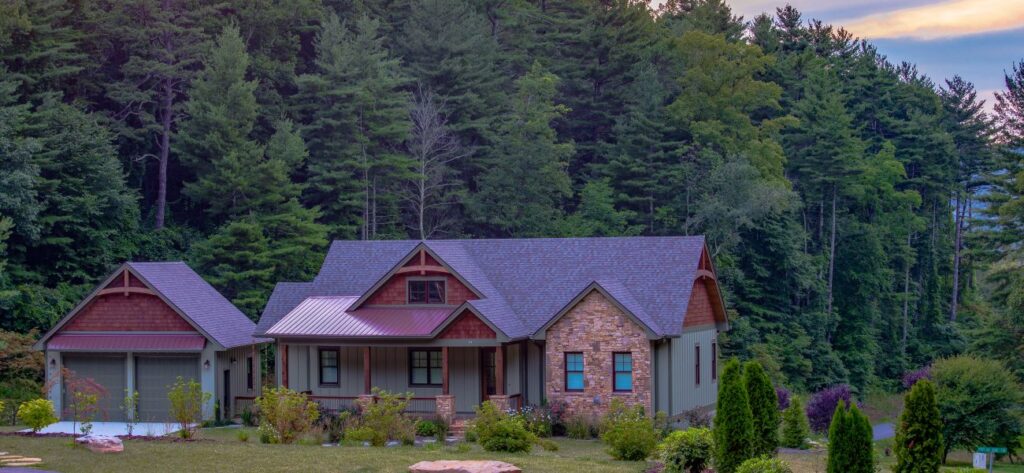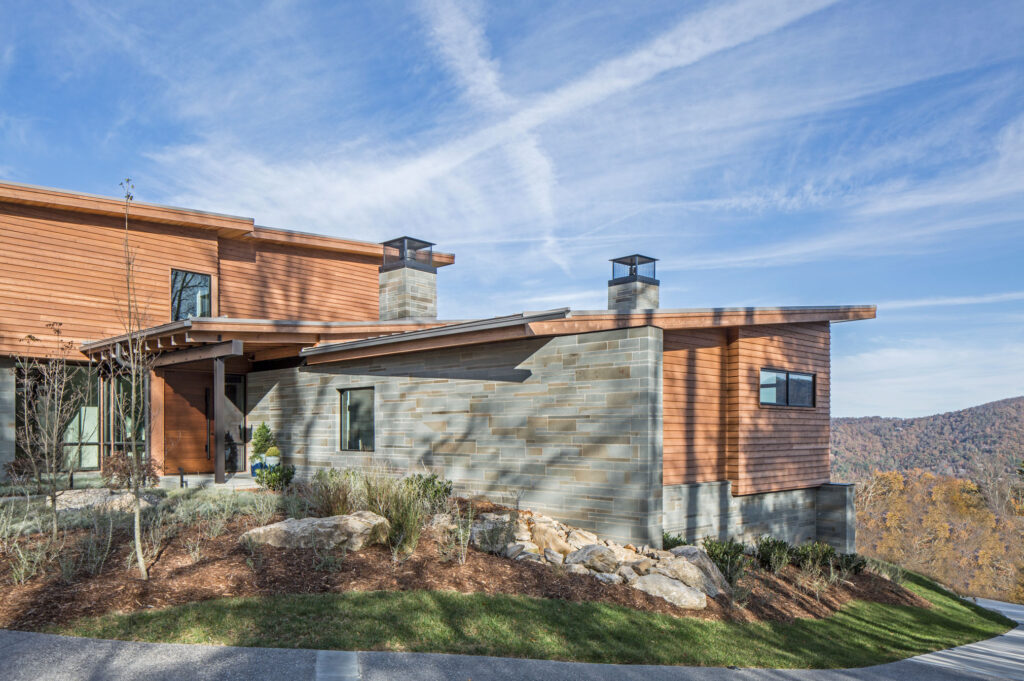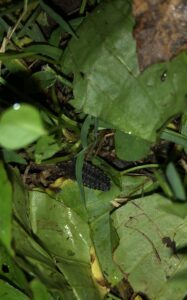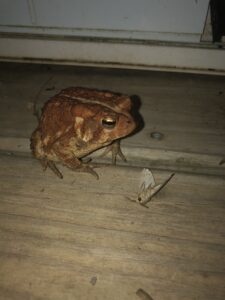As I pull on my toboggan, I’m sure to grab my heaviest jacket and my dirtiest shoes. I walk toward the lake, finally stretching my legs after a long day. I hear laughter float through the air and the obnoxious quacks from the Candain Geese waddling in the sand. The gravel crunches beneath my feet and snaps like the rice cereal I ate with sugar growing up. My fingers are ice cubes and I feel my toes stiffen from the cold pavement beneath them.
The sun is barely setting as I amble down the faded asphalt. For my friends, my night walks are a huge cause of worry. I find the peace and stillness in the air calming and relaxing. The golden sun settles on my cheeks and I close my eyes to enjoy the feeling. The sound of maracas fill my ears and the crickets and cicadas create a beautiful southern cacophony.
I never have a destination when I walk. Tonight is no different. After a long day of projects and assignments, I decide to listen to the trees as they wave to me in the soft and cold breeze. My mom and grandparents loved to remind me that nature provides a recharge after a long day. Being outdoors, in the stillness and silence is incredibly therapeutic. For the first time today, I can finally hear my own thoughts. If I listen hard enough, if I am still for long enough, I can hear the woods speak to me too.
My sister called me yesterday to inform me that the infamous “Underground Railroad Tree” had been on the news. She asked me when I was going to show it to her.
The Guilford College Woods are packed with history. The refugee the woods provided for years and to so many people is incredible. I never cease to be in awe.
Years before I was born, or my parents, or anyone before them, Keyauwee, Sappony, and Shakori Indians lived and gathered on this land. Quakers used the Light to provide a safe haven as Levi Coffin lead dozens, if not hundreds of enslaved people along the Underground Railroad.
To be on the same, undeveloped land, is a marvel to me. If I didn’t stop to appreciate the magnificent and quiet resilience, I would regret it for years to come.
I continue down the winding trails. The flashlight beams ahead and I catch the white tails of the deer I startled. The gentle hoots of a nearby owl remind me of a Tootsie Pop and the squeals of a nearby squirrel eating its dinner, makes me smile.
When I mention the on-campus wildlife to a non-Guilford College native, I’m always met with disbelief. The groundhogs and crows and geese and deer are the animals I see on campus. If I mentioned the ones I saw in the woods, I think they’d faint.
One of the reasons I decided to attend Guilford College was the beautiful campus. Before I committed, I visited UNC – Chapel Hill, the major reason I decided not to go? During my tour, I didn’t see a single squirrel. Now as I look up at the trees, I see squirrels so plump and well loved, I’m not sure they can balance on the tree branches.
Then, with that thought, I think of the community these woods sustain and do my best to not interrupt its rhythm as I trod along with my flashlight.

